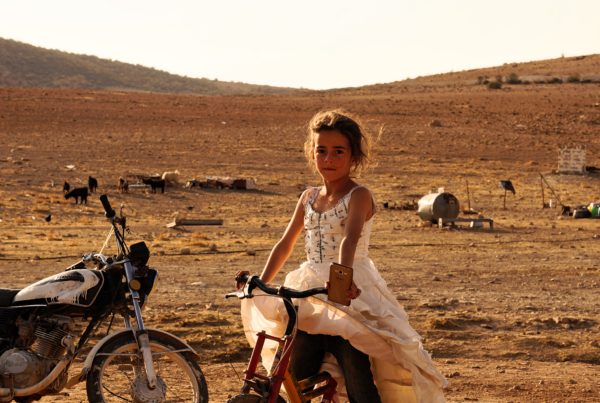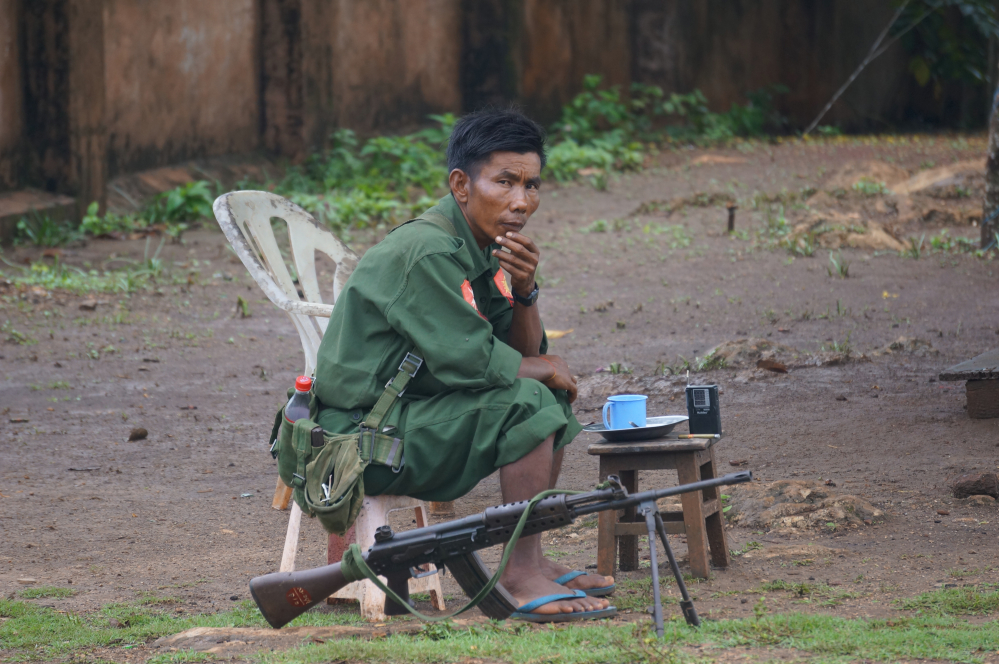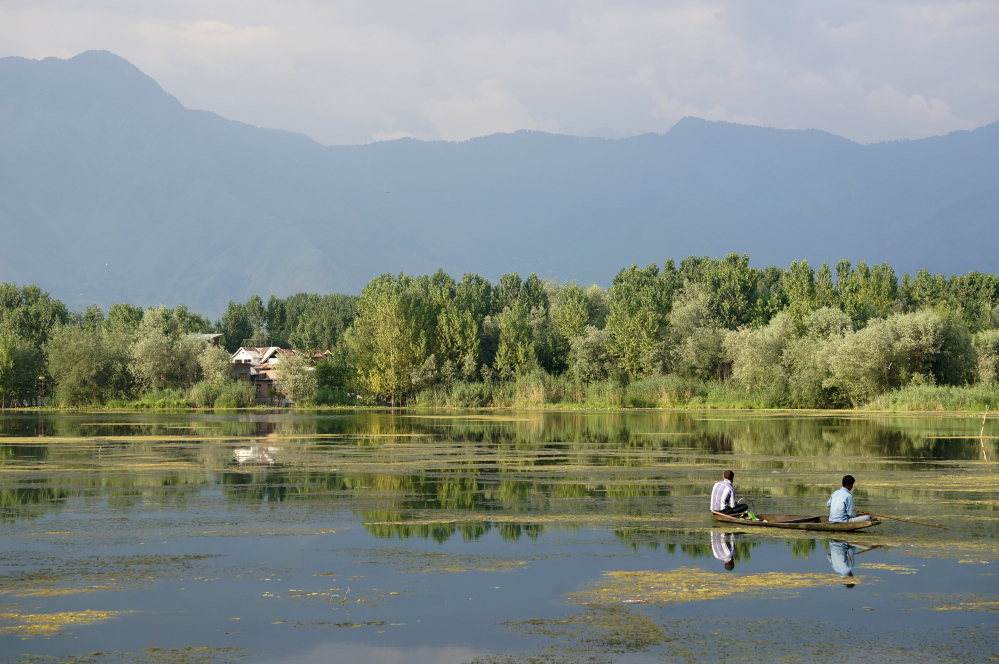Mae Sot is a town on the Thai side of the Thai-Burma border that has become synonymous with refugee camps. It is a hotspot for humanitarian workers and volunteers wanting to work with refugees. If you were cynical you’d call it a voluntourism Mecca. It’s an easy stop over in Mae Sot to teach some English before you carry on your holiday in the islands drinking at full moon parties. It is also the only way to legally enter Burma by land from Thailand, which means many tourists perform border runs from Mae Sot to renew their visas.
The Border Consortium (TBC), a non-profit, non-government organisation, is an alliance of partners working together with displaced and conflict-affected people of Burma. According to their statistics, as of December 2014, there were nine refugee camps of varying sizes on the Thai-Burma border: the smallest being Kuang Jor (513 people) and the largest being Mae La (40,385 people). TBC counts 110,094 refugees in these camps of whom 50% are registered with the UNHCR. There has been a 7.6% decrease in total refugee population in the Thai camps since December 2013. Yet the rate of third country resettlement continues to decline with 6,607 IOM-assisted departures from the camps in 2014 to USA (5,485), Australia (945) and Canada (175). A total of 93,595 people have been resettled from all nine camps since resettlement began in 2005.
The majority of camp inhabitants come from the Kayin state, formerly known as the Karen state, of Burma. Ever since the Karen leadership refused to sign the Panglong Agreement in 1947, which was the basis for the 1947 constitution of Burma, the Karen National Union (KNU) has been engaged in the world’s longest running civil war against the Burmese government. The war has led to thousands of Karen people fleeing across the Thai border to seek refuge.
In recent years, Burma’s transition towards democracy, amidst precarious ceasefire agreements with ethnic liberation armies such as the KNU, has seen the Burmese and Thai governments begin the voluntary return of displaced people to Burma. According to UNHCR figures, between January 2012 and December 2014 there were 735 refugees and 5,032 IDPs returned to South East Burma. However, there are still many reasons to be concerned by the situation in Burma. Human Rights Watch documented an increase in repression of the rights to freedom of assembly, association, and expression in the Kayin state. The militarisation of former conflict states by the Burmese government is also causing tension and increased prevalence of land grabbing. The latest TBC survey of South East Burma, of an area covering 23 townships, recorded an estimated 110,000 internally displaced people.
On the Thai side of the border, the Thai military are enforcing restrictions on movement in and out of the camps and performing ad hoc head counts with reports of threats of deportation which is causing anxiety and insecurity among the camp population.
I travelled to Mae Sot from Chiang Mai with the intention of learning about these refugee camps before crossing the border into Burma.


